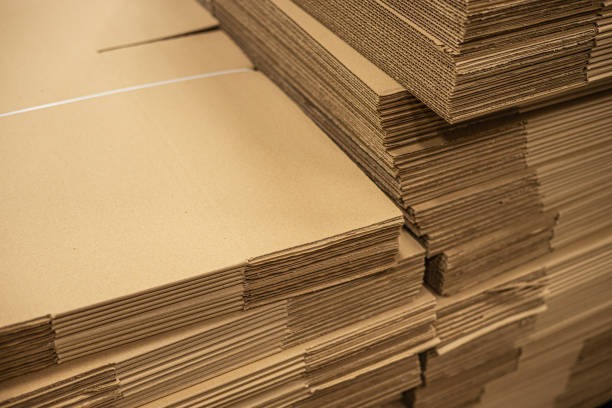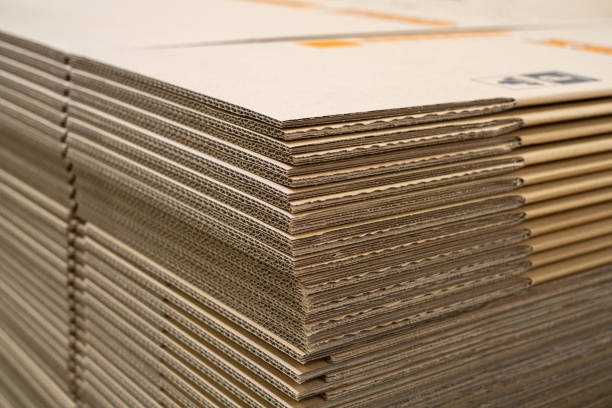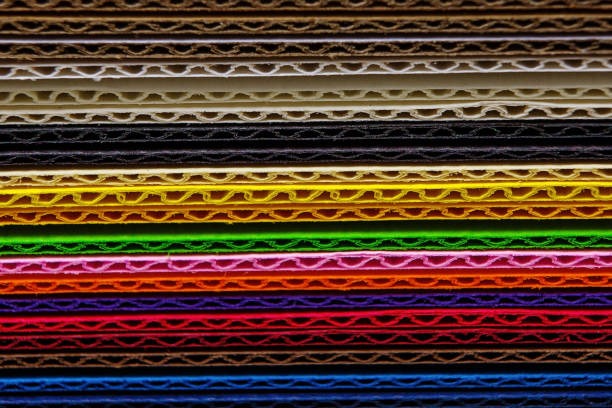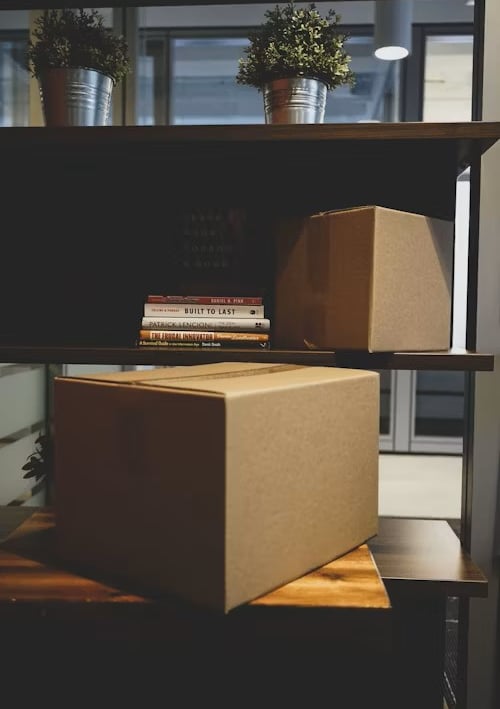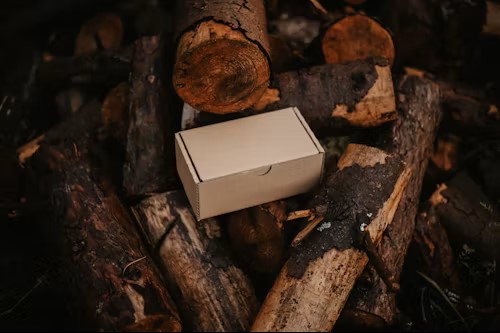1. Single Face Board
Structure: One layer of fluting bonded to a single liner.
Use: Primarily used as internal cushioning or protective wraps.
2. Single Wall (3-Ply) Board
Structure: One layer of fluting sandwiched between two liners.
Use: Commonly used for shipping cartons and general packaging.
3. Double Wall (5-Ply) Board
Structure: Two layers of fluting between three liners.
Use: Suitable for heavier items requiring additional strength.
4. Triple Wall (7-Ply) Board
Structure: Three layers of fluting between four liners.
Use: Ideal for very heavy or fragile items, often used as an alternative to wooden crates.
Types of Corrugated Boxes
Once you understand the types of paper available and commonly used, it is also important to consider the weights of paper.
This is in fact measured in the same way for all papers, meaning you may have seen “80 GSM” on the copier paper you use in your office or home printer.
The term GSM is an abbreviation of Grams per Square Meter
In essence, if you took a square meter of the paper in question, and weighed it, you would get the grams (i.e. weight) of that paper for one square meter.
Therefore, if you are using a corrugated board that has a 125 gsm Kraft paper liner, you will often see it referred to as 125K.
Common paperweights – when used for corrugated material at least, include the following:
115/125 GSM
140/150 GSM
185/200 GSM
300 GSM
Again, this list is not extensive, and other weights may be available.
1. Regular Slotted Container (RSC)
Description: All flaps are the same length and meet at the center when folded.
Use: Versatile for various shipping needs.
Packaging Corporation of America
2. Half Slotted Container (HSC)
Description: Similar to RSC but with no top flaps; often used with a separate lid.
Use: Ideal for storing or displaying products.
3. Full Overlap Slotted Container (FOL)
Description: Outer flaps overlap completely, providing extra strength.
Use: Suitable for heavy-duty applications.
4. One-Piece Folder (OPF)
Description: A flat piece of corrugated board folded around the product.
Use: Common for shipping books or flat items.
5. Gusseted Folder
Description: A folder with expandable sides to accommodate larger products.
Use: Used for bulkier items that require extra space.
The flute type affects the strength, cushioning, and printability of the box:
A-Flute: Thick and provides excellent cushioning.
B-Flute: Provides good crush resistance and a smooth surface for printing.
C-Flute: A balance between cushioning and strength; most commonly used.
E-Flute: Thin and lightweight; ideal for high-quality printing.
F-Flute: The thinnest; used for small retail packaging.
Many corrugated boxes are recyclable and biodegradable, making them an environmentally friendly choice. Some manufacturers offer boxes made from recycled materials or with water-based inks to further reduce environmental impact.
If you have specific requirements or need further information on any of these box types, feel free to ask!






